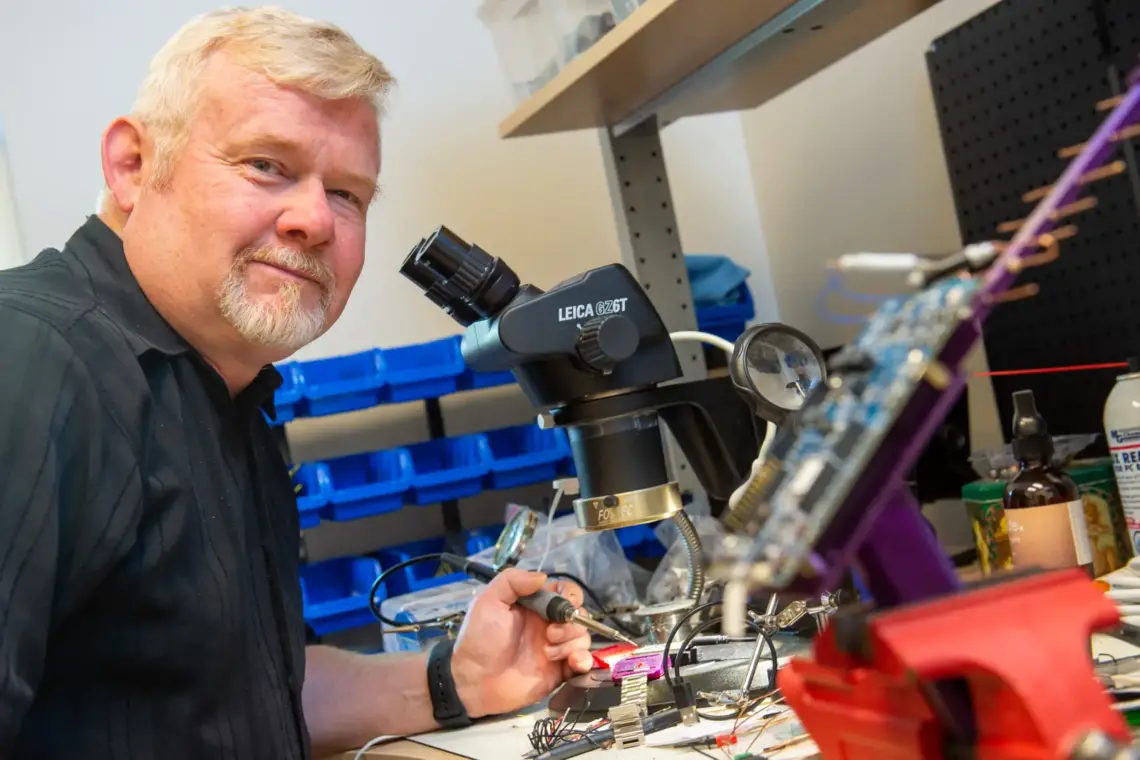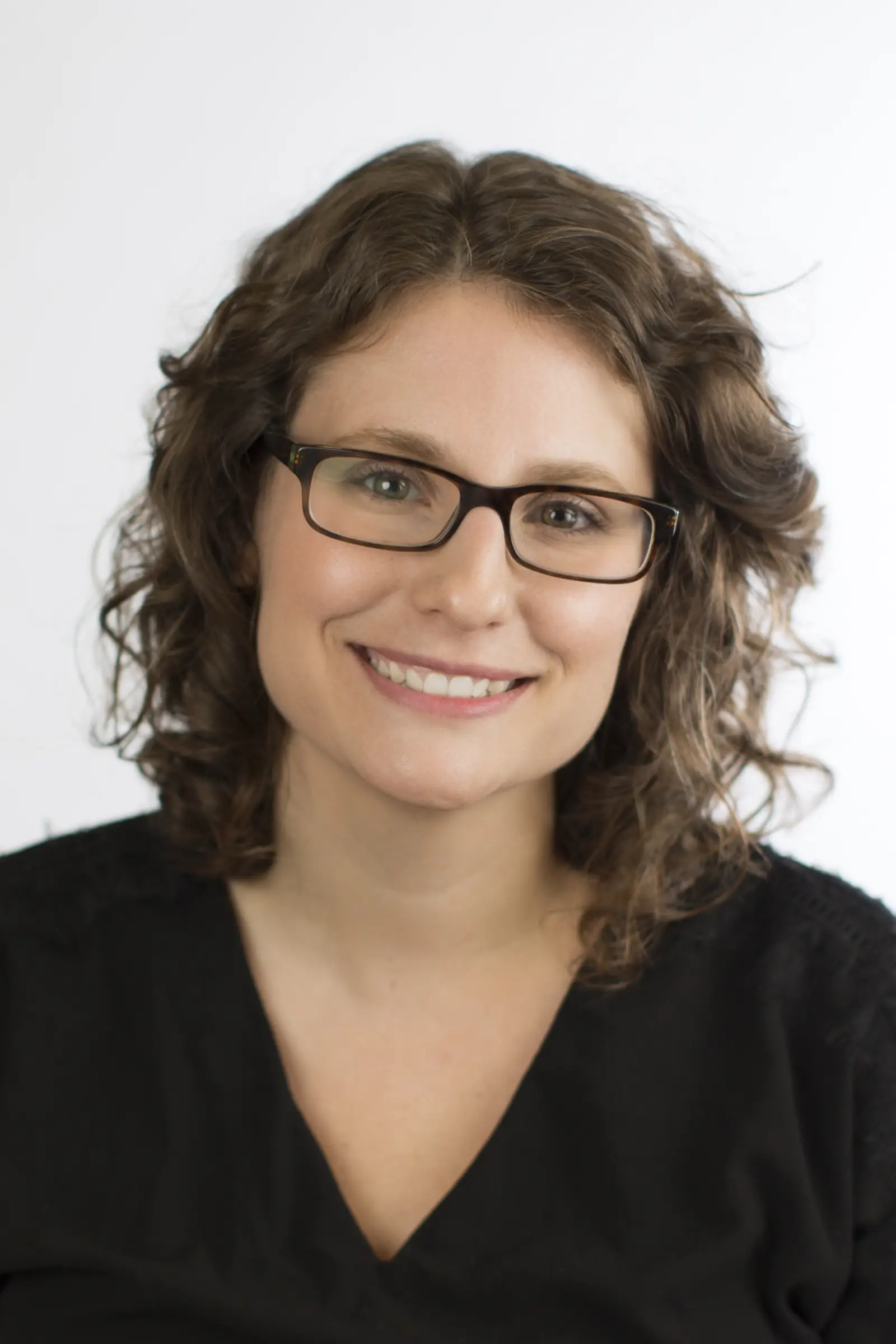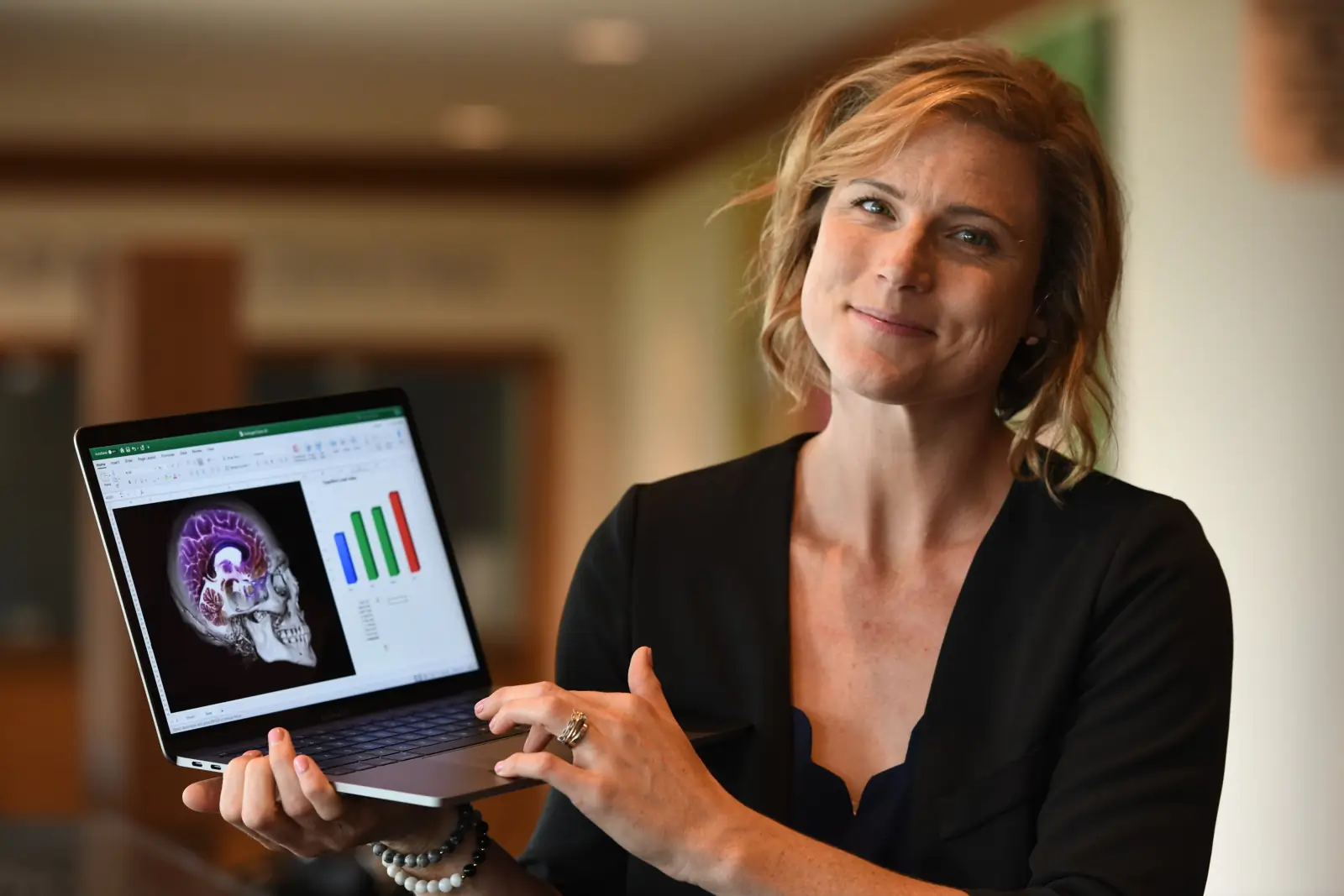
By Lisa Thibodeau
There is a new cohort of companies emerging from Kanata North’s L-Spark looking to make their mark in Ottawa tech. The SaaS accelerator program helps entrepreneurs launch their businesses by providing them with the necessary connections and support
to get their products to market.
L-Spark is powered by Wesley Clover, the investment management and holding company backed by local tech titan Terry Matthews that’s produced success stories such as Solink, Solace and ProntoForms. It’s helping to produce a new generation of startups that are bringing new technologies to market and making names for themselves.
“MyDoma, Neurovine and Bluink are incredibly different companies when it comes to the tech they are building,” says L-Spark marketing director Erin Blaskie. “They show the diversity that exists in startup and tech, which is critical to our long-term growth and success as a country.”
Here’s a closer look at some of these local startups to watch and an inside glimpse at the technology they’re developing:

MYDOMA STUDIO
When Sarah Daniele recognized the lack of proper management software for interior designers, she set out to build her own.
Daniele teamed up with her business partner and husband, Tom Martineau, to develop MyDoma Studio, a software platform that gives interior designers the tools to track projects, source products and build mood boards all on one platform. Users can fully integrate the software with their own systems and even connect to outside platforms such as Facebook and QuickBooks to make it easier to connect with clients.
“We had to look at all the different types of technologies and languages to scale it up – who was going to host it, and what software could support the system,” she says.
Daniele and Martineau worked on the software for nearly two years, taking the project from beta to a fully functioning product in 2016. The duo used open-source frameworks Ember and Node to develop the project, learning many lessons along the way.
“If I did it again, I would do it faster, and listen less to all of the feedback which caused us to lose sight of our vision a bit along the way,” she says. “Things don’t need to be perfect, if they’re perfect you’re too late.”
BLUINK
The team at Bluink are trying to make it safer than ever for people to log into websites, shop online and even hop on a flight.
With its eID-Me software, users create a digital version of their identity right on their phone. The app uses a range of facial recognition systems and barcode readers to digitally store a user’s driver’s license, health card and passport in the system.
The app also helps users stay safe online, says CEO Steve Borza. The app can generate, store and encrypt strong passwords, automating the entire login process. The app can connect with websites such as DropBox through a one-time use code, sharing only the
information needed to log into any given site.
“The login process is un-phishable, there’s no middleman access … all of the attacks that people do today on passwords are eliminated with this technology,” he says, adding that it can also verify the identity of individuals at airports, hospitals and post offices.
Users can also set a login range through GPS settings, blocking the ability to use the facial recognition or login software outside of a certain distance from their home or workplace, giving them complete control over their personal information.

NEUROVINE
Ashleigh Kennedy and her husband Matthew are on a mission to help patients recover from concussions with their software Neurovine.
Using portable EEG headsets, users can perform a brain scan, analyze their data and upload it securely to the app to better understand their injury. From there, the software reads the scan and offers the user insights into how they are exerting their brain, warning them when they are straining the injury.
“We are always surprised at how little support patients receive between physician visits,” she says. “Once you’re diagnosed with a concussion you really are left to your own devices to try and recover.”
The software was inspired by Kennedy’s father, who played in the CFL for many years. Watching him and his friends suffer from the effects of concussions fueled her passion to find a solution.
“We are trying to open up the box and make concussions visible using real-time brain data to guide that recovery process,” she says, adding that the software cleans up and tracks the brain scan through an algorithm, making it simple for anyone to read and understand the results.
